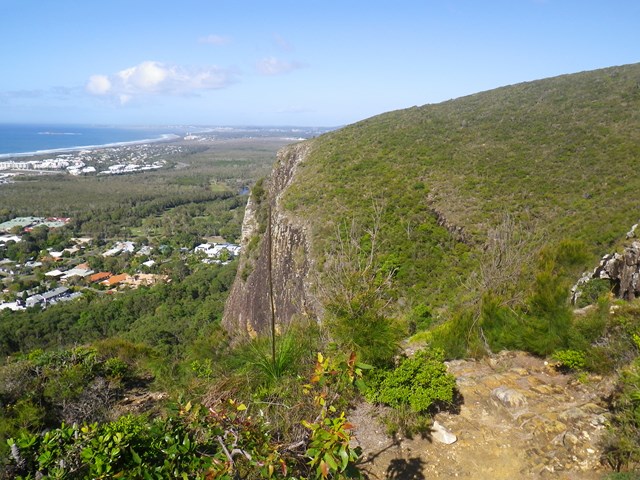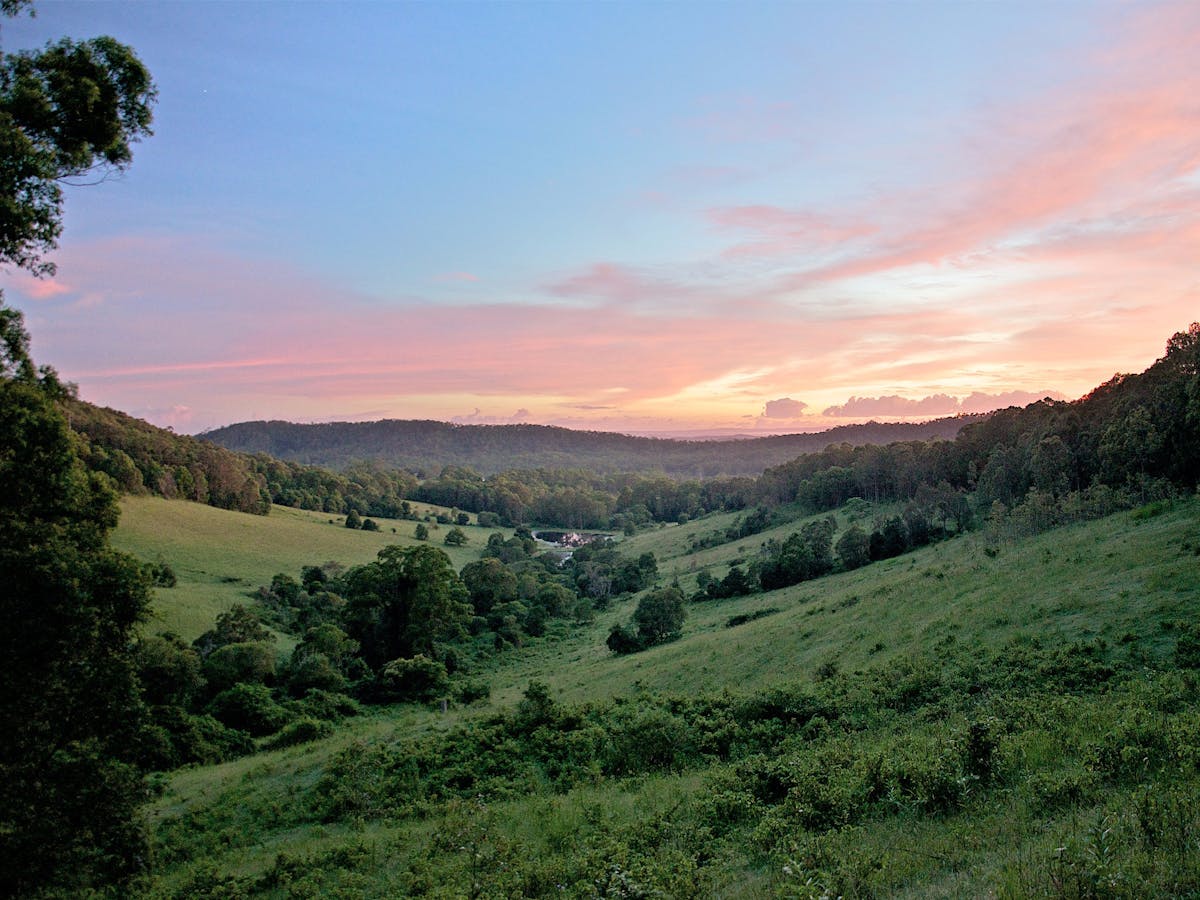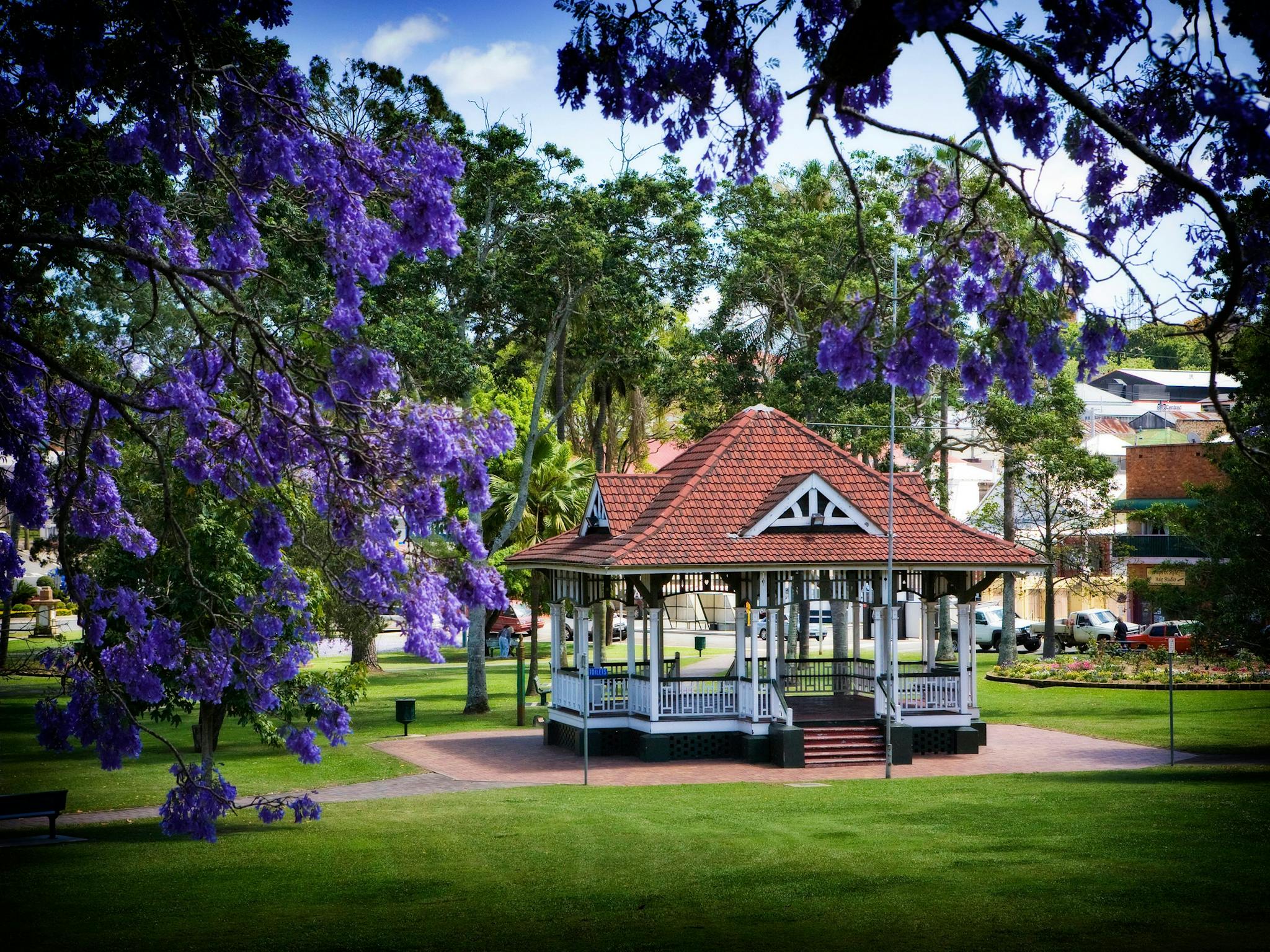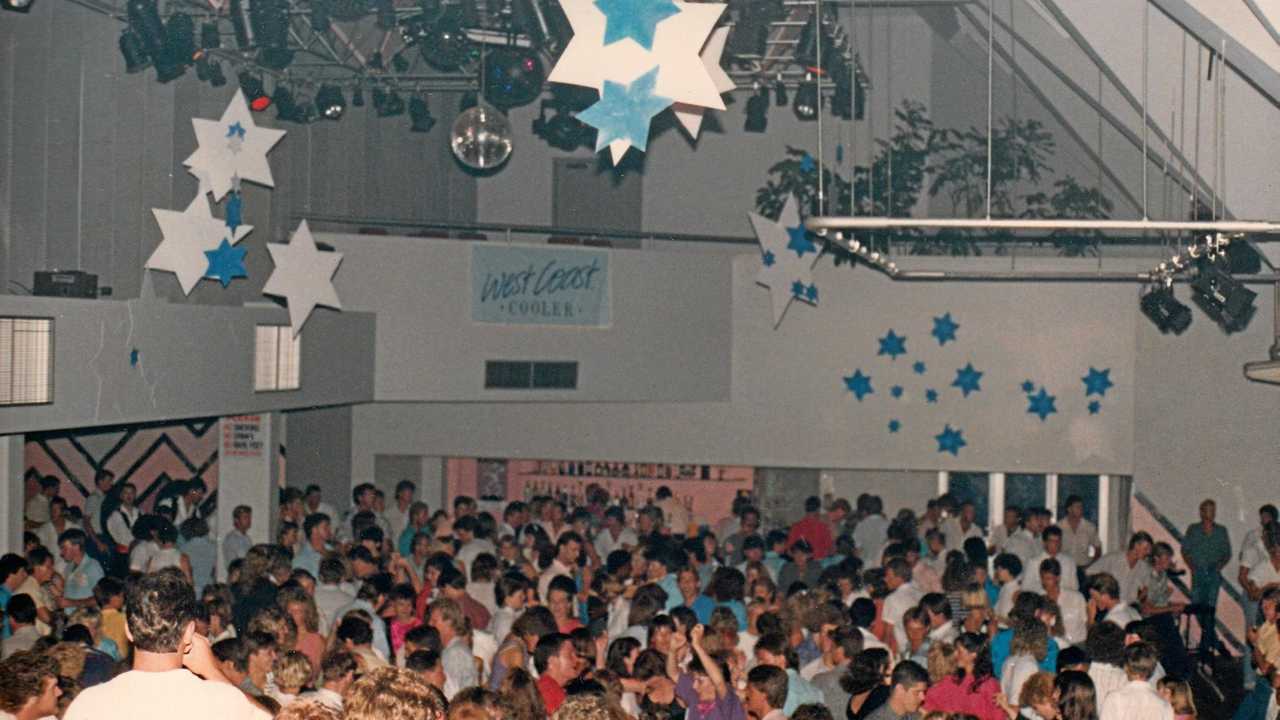Sneaky Piece Of Paradise In Buderim
Unbeknownst to many, there is a beautiful little slice of heaven in the middle of Buderim, known as Buderim Forest Waterfall.
It sits within a 45 hectare park, and the boardwalk is wheelchair friendly (about 600m), if you have someone who would like a mini-fix of tranquility?
Click the image below to check out full details and directions!
| Image courtesy of Visit Sunshine Coast |





























